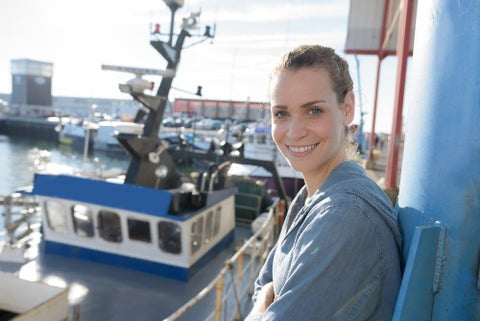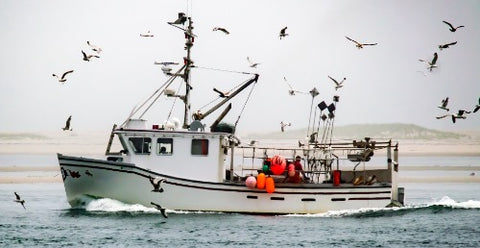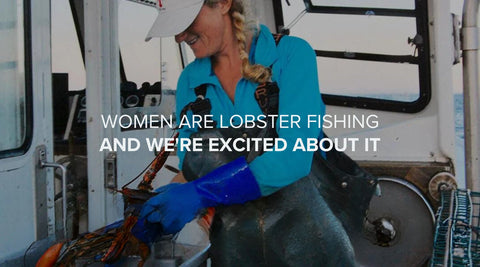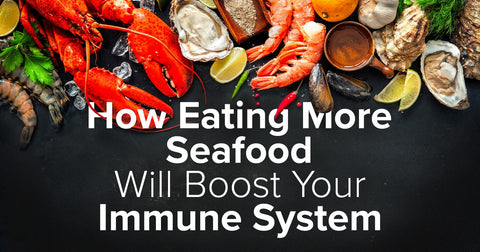Lobster fishing is hard work. The early mornings, brutal weather conditions, and the all-consuming smell of bait have long made it synonymous with men’s work for generations. But thankfully, the concept of the “Lobsterman” is evolving as traditional gender stereotypes crumble. Take a short drive up the coast (or as we say it, “A trip down east”) and you’ll see that women are taking charge in America’s most important Lobster fishery.
The Growing Number of Women with Lobstering Licenses

Many of the women who own their own lobstering businesses grew up in lobstering families. Now, they run their own boats, work the docks, and are leading the charge as the industry evolves.
The number of women who hold lobster fishing licenses in the state of Maine is also on the rise. In 2016, the Maine Department of Marine Resources reported that women held roughly 8% of the state’s highly competitive lobstering licenses. Four years later, that number has shot-up by 15%.
And while more women are getting licenses and taking to the water, this is just the latest role that women have played along our shores. Women have always been a part of the lobstering industry. In decades past they played a central role, keeping the books, pricing the catch and negotiating deals while their fathers, husbands, and brothers took to the wharf. Many lobster fishing enterprises are after all family businesses, inevitably involving women in various ways. The difference is, women today aren’t kept on shore, but instead have the option to head out on the water and take the lead.
Becoming a Lobstering Woman is a Lifestyle
It’s easy to wonder why the number of women with lobster fishing licenses isn’t rising faster, until you realize how much time and experience goes into getting a license.
The process begins with an apprentice program, requiring a minimum of 24 months, 1,000 hours on the boat, and mentorship from someone who already has a license. A student apprenticeship program in Maine allows perspective fishers to start apprenticing when they are as young as eight years old. Many of the women who have their own lobster boats today started out that young, working on a lobster boat with family members from early hours in the morning until nightfall. After this apprenticeship, they have to put their name on a long waitlist that can be up to ten years long. The amount of time that has to be invested alone makes this career path one that is sought out out of passion and tradition more than anything.
There is another reason for the time and high standards it requires to get into lobstering as well. The Maine Department of Marine Resources keeps a close eye on standards and limits the number of licenses it issues to ensure lobster populations remain healthy. It’s a critical step to ensuring that Lobster remains sustainable and the shores remain healthy, though it unfortunately means that change will come slowly to the shores of Maine.
In the meantime the women leading in Maine’s lobster fishing industry are here to stay, and will continue to rightfully benefit from Maine’s booming lobster industry –
running their own lobstering boats, working the docks, and continuing to feed the country.
We’re excited about this change in our industry, especially when it means a more diverse shoreline and new faces on the water. Women have a long history in the lobster industry, and it’s past time that we’re able to see them taking to the waters, running their own boats and leading their own companies. We’ll be highlighting women owners and operators on Maine’s shore all month and featuring products from women owned businesses. Keep your eye on Maine Lobster Now for more.




